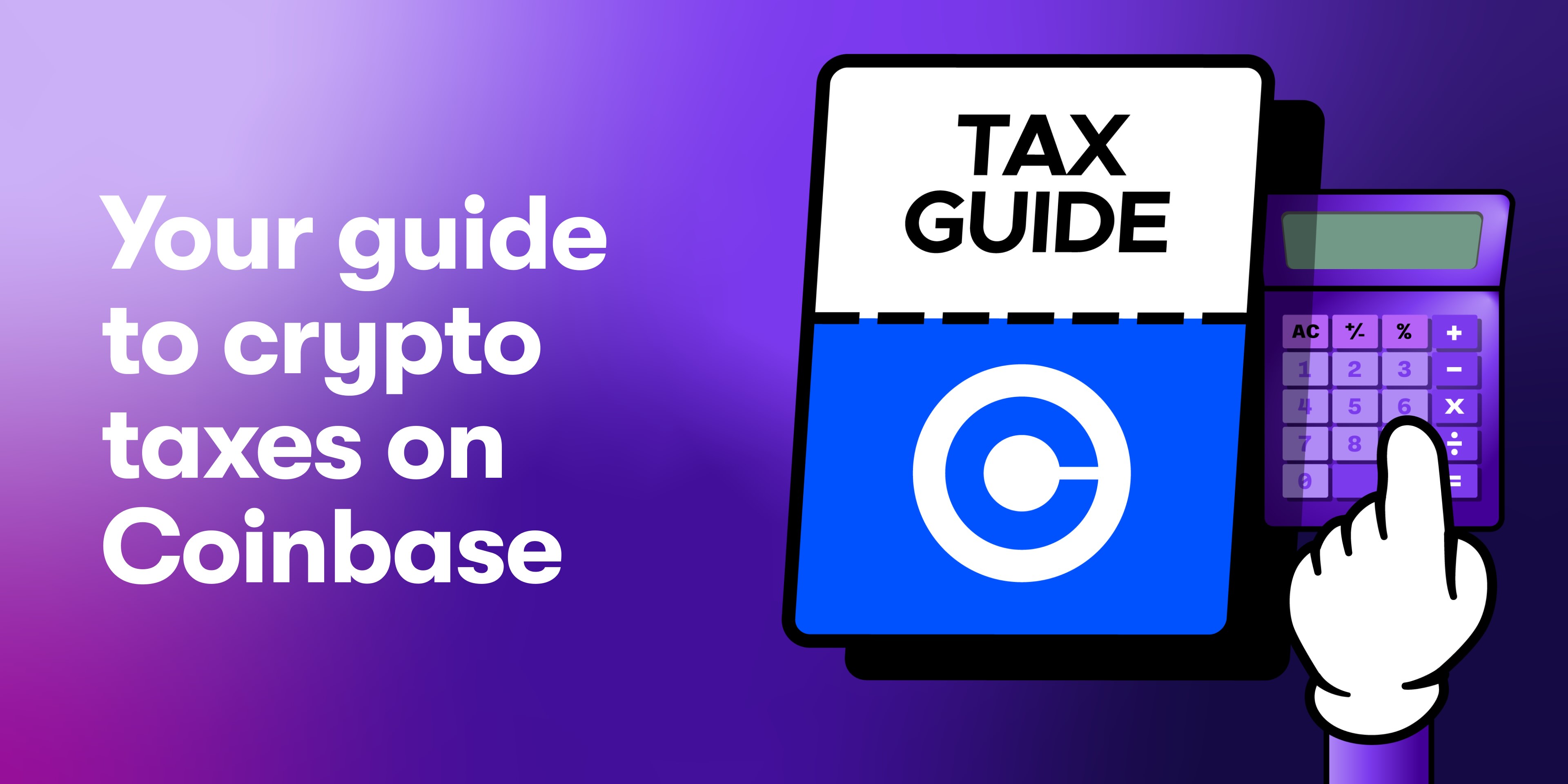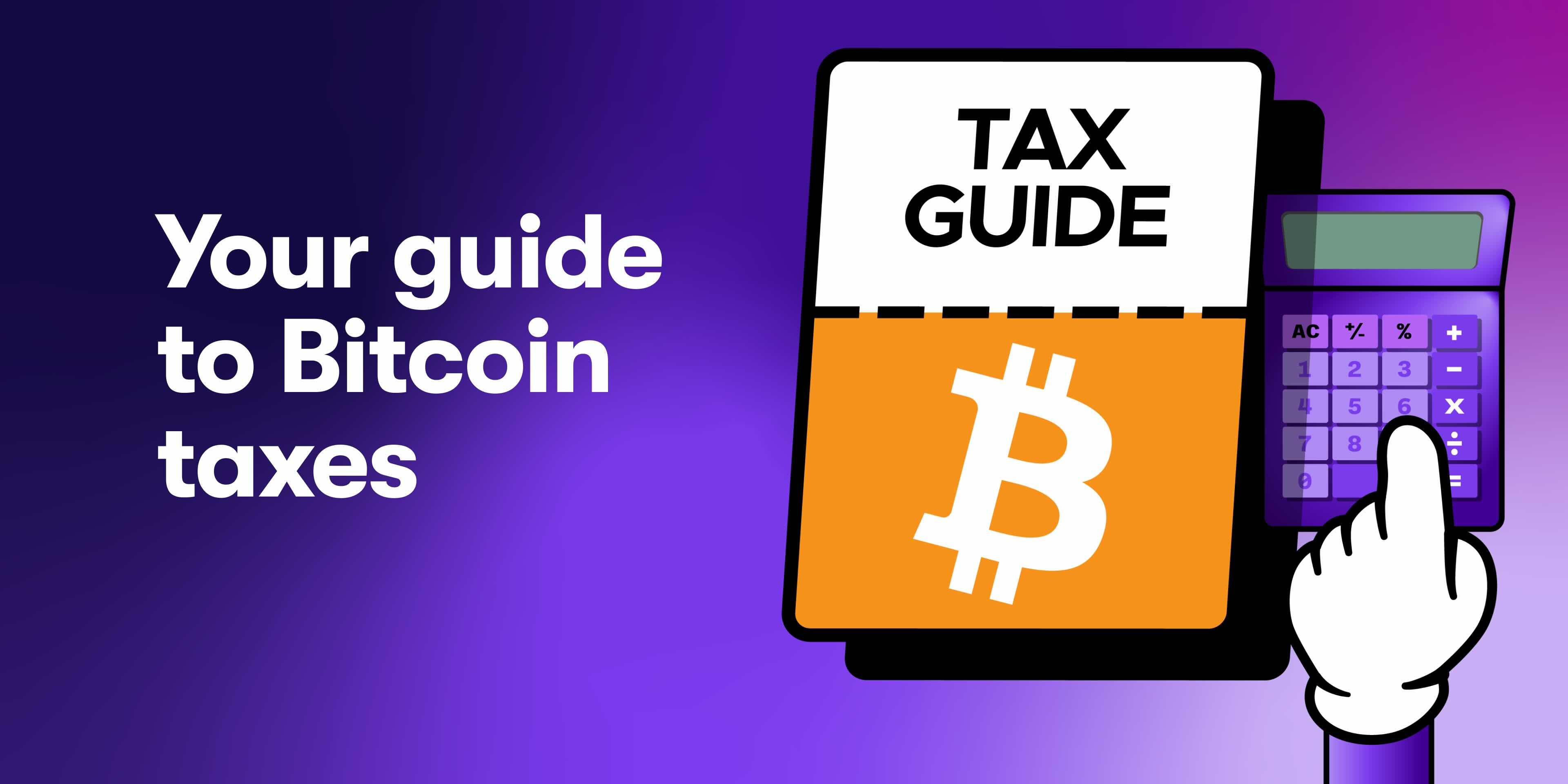Cryptocurrency tax is a new and emerging space in Canada, with much speculation about different crypto scenarios and how they are taxed. This guide breaks down the implications of cryptocurrency transactions from a tax perspective, to put you in a better position when the time comes to lodge your cryptocurrency taxes.
Does the CRA tax crypto?
Similar to many countries, cryptocurrency taxes are taxed in Canada as a commodity. However, it is important to note that only 50% of your capital gains are taxable. A simple way to calculate this is to add up all your capital gains and then divide this by 2.
For example, if you have made capital gains amounting to $20,000 in a certain year, only $10,000 will be subject to capital gains tax.
There are some instances where a crypto transaction may be exempt from tax:
- Buying Crypto for Fiat money
- Crypto donations are tax deductible
- HODLing crypto
Business income vs capital gains
The income you get from disposing of cryptocurrency may be considered business income or a capital gain. In order to report it correctly, you must first establish what kind of income it is.
The following scenarios may be signs of business income:
- You carry on crypto activity for commercial reasons and in a commercially viable way
- You undertake crypto activities in a businesslike manner, which might include preparing a business plan and acquiring capital assets or inventory
- You promote a crypto product or service
- You show that you intend to make a profit by engaging with crypto, even if you are unlikely to do so in the short term
- Your crypto activities involve some regularity or a repetitive process over time
Calculating capital gains
The CRA has a different cost basis calculation method to most countries when calculating overall capital gains, using the Adjusted Cost Basis to determine cost bases when selling cryptocurrency.
It is important to note that the Adjusted Cost Basis is not the same as an average cost basis, since you need to apply the superficial loss rules. In addition, there are a number of transactions that can be classified as income, and need to be declared on your income tax return. In this guide we help you understand these different rules and provide you with some clarity on how to handle your cryptocurrency taxes.
Record Keeping
Before you begin calculating your crypto taxes, you need to make sure you have accurate records of all your transactions in Canadian Dollars. If you are trading on international exchanges you will need to value these transactions in CAD consistently, such as by cross referencing rates on a local exchange. You will also need to record the date of the transaction, the receipt of purchase, the cryptocurrency wallet details involved in the transaction and relevant descriptions, the exchange records, and any accounting, legal, and software costs for managing your taxes.
Adjusted Cost Basis
When calculating the capital gains on cryptocurrency, the average cost of the cryptocurrency is used as a cost basis, and this is deducted from the proceeds to calculate the overall gain.
Simple example for Bitcoin
We first buy 2 BTC with an average cost of $1000 each. We then purchased an additional 2 BTC. Note the The average cost goes up to $2000 per unit of BTC at (2). We then sold 1 BTC at $5000. Our cost basis was $2000, making the total gain $3000. This is recorded as a capital gain for tax purposes.
Superficial Tax Loss Rule
Given the simple example above, you might think it is smart to “realize” a capital loss when the price of Bitcoin dumps, and immediately buy it back to realize a capital loss in this tax year. This tactic is known as “tax loss harvesting”, and to circumvent this the CRA introduced the superficial tax loss rule. If you buy the cryptocurrency in a 30 day window either side of the sell transaction, that sell transaction is ignored and the original cost basis is reapplied.
Example 1: Buying back within 30 days
Violation of superficial loss
We buy 2 BTC with an average cost of $5000. We then sell 2 BTC realizing a loss of $4000 in this tax year and ‘cleverly’ re-buy the 2 BTC the next day with the hope of selling this for a gain in the future, and use the capital loss to maximize our current purchasing power. Next year we quit work and go traveling, thinking (incorrectly) that we have minimized our overall tax bill.
Apply superficial loss
The important thing to note here is that (1) does not realize a capital loss. Instead the original Adjusted Cost Basis is reapplied from (1) to (3) and the loss of $4,000 is realized in (4) bringing the overall gain down to 10,000.
Example 2: Selling within 30 days
Another way you might think you are being smart is by buying more Bitcoin when the price dumps, thereby lowering your overall average cost basis, and then immediately sell it to lock in a lower capital gain. But the CRA has this covered as well.
Violation of superficial loss
We buy 2 BTC with an average cost of $5000. When the price drops we buy 2 more BTC lowering the average cost to $3,000. We don't actually want this much exposure, so soon after we sell 2 BTC to realize a capital loss of $4,000 in this financial year. Later on next year we sell the remaining 2 BTC, realizing a gain of $14,000.
Apply superficial loss
With the application of the superficial loss rule, at (3) we are no longer realizing a loss in this financial year. Instead our average cost from (1) is reapplied and we realize all losses next year in transaction (4).
Using Crypto Tax Calculator to file your taxes
It can be a difficult process to manually calculate the taxes incurred from your crypto transactions, and they are quite new for many accountants. We have made it simple to import all your crypto activity into one place by simply copying and pasting your public wallet address into our application. Once you have done this, you can select different types of transaction categories which are relevant to the data you imported. This will allow Crypto Tax Calculator to produce a tax report for any financial year, in line with the CRA rules and guidelines. You can import data for all the cryptocurrencies you have traded with, and Crypto Tax Calculator will combine them all into one report. For more information on the different transactions you may need to consider in your lodgement for the current tax year, we have summarized some of these for you below.
Staking
Staking is a process that allows users to participate in the validation mechanism for blockchains, by delegating their crypto to a validator. The validator essentially receives the weighting of the delegated tokens, increasing their share of network fees, without actually receiving the assets directly. In return, validators pay their delegators a percentage of their earned network fees as a ‘staking reward’. One of the ‘catches’ of staking is that the process can involve a ‘lock-up’ period, where the tokens are locked in a smart contract and are inaccessible whilst they are delegated. For the blockchain involved, this staking mechanism assists with operation and security. For the individual, they earn interest by participating in staking, similar to the manner in which individuals can earn interest from bank deposits.
The CRA has not yet clarified how staking is taxed. However, it is likely to be perceived as income, as staking is akin to an investment in several ways. To earn staking rewards, the staker must first hold a sufficient interest in the cryptocurrency platform's native tokens, and they are only then able to generate income through staking rewards. This is very similar to depositing money into the bank and earning interest, so at Crypto Tax Calculator our software will generally categorize staking as income earned. You can talk to your tax professional about how to categorize this best for your personal situation, or reach out to the CRA for an individual assessment. Once you have earned income from staking, this initial price forms the cost basis for your capital gains or loss. This way you are not “double taxed”.
For example if you receive $10 of ETH for staking, and later sell the ETH for $100, your income is $10 and your capital gain is $90.
Airdrops
The CRA has not clarified whether proceeds from airdrops are subject to income and/or capital gains tax. Thus, in order to ascertain what taxes you will pay on any profits from airdrop, it is relevant to look to the CRA’s definition of what constitutes income and capital gains. As mentioned previously, there is a criteria of ‘Business Income’ which must be met for a transaction to be subject to income tax. Using this criteria, it is unlikely that Airdrops would be subject to income tax.
However, this has not been confirmed, and so to encompass the conservative position of airdrops potentially being viewed as taxable income, Crypto Tax Calculator breaks ‘airdrop’ transactions out as a separate category in the CSV export so that your tax professional can modify this if required.
Although there may be uncertainty about airdrops constituting income tax, it is highly likely that any gains made thereafter by disposing of the airdrop tokens will be classified as capital gains and thus subject to Capital Gains Tax. Since the CRA follows the Adjusted Cost Basis, your cost basis for any airdrop tokens received will be $0, and you will likely pay CGT on the entirety of gains made by selling this token.
Lending
Lending involves loaning out cryptocurrency and usually being compensated interest in the form of additional cryptocurrency. Similar to staking, the Crypto Tax Calculator platform categorizes interest earned as income. Depending on the nuances involved in the lending protocol you choose to use, the process of lending cryptocurrency may be seen as a disposal event if you receive a different token in return for doing so. Make sure to check with your local tax professional regarding this process to avoid unknowingly increasing your tax burden.
Mining
Mining involves using computing power to solve cryptographic equations to validate and add new transactions to the blockchain. This also secures the network by preventing double spending of cryptocurrencies. A key incentive for people to engage in mining is the provision of new coins upon validating transactions.
Mining utilizes a Proof of Work (PoW) mechanism, whereby the first miner that can demonstrate they have completed the ‘work’ of solving the cryptographic equation, is given rights to verify and add a block to the blockchain. Mining can be undertaken on two levels;
- Individual mining - solo mining and mining pools
- Mining as a business activity - self employed or otherwise
Once again, the CRA’s distinct perspective towards business income should be examined with your local tax professional to determine whether mining proceeds may be taxable as income. If your mining activities are akin to ‘business activities’, you are likely to incur income tax. Alternatively, if your mining activities are seen as ‘individual mining’, it is likely that you will not incur income tax, but only CGT when you dispose of any tokens earned through mining.
The information provided on this website is general in nature and is not tax, accounting or legal advice. It has been prepared without taking into account your objectives, financial situation or needs. Before acting on this information, you should consider the appropriateness of the information having regard to your own objectives, financial situation and needs and seek professional advice. Crypto Tax Calculator disclaims all and any guarantees, undertakings and warranties, expressed or implied, and is not liable for any loss or damage whatsoever (including human or computer error, negligent or otherwise, or incidental or Consequential Loss or damage) arising out of, or in connection with, any use or reliance on the information or advice in this website. The user must accept sole responsibility associated with the use of the material on this site, irrespective of the purpose for which such use or results are applied. The information in this website is no substitute for specialist advice.











































































































































































